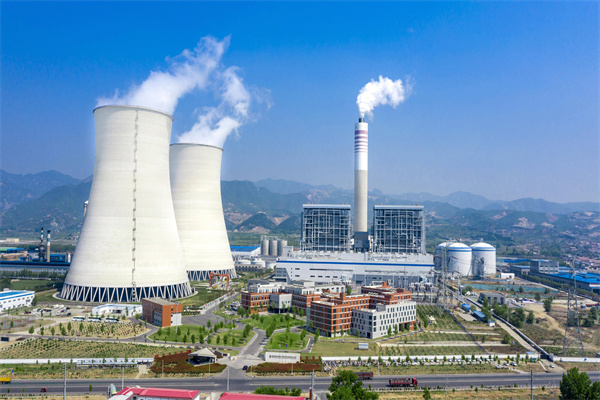
+86 18660102967 +86 18615518078
info@runh.com
Coal-fired power plants continue to be a significant component of the global energy infrastructure, supporting a steady power supply. Coal power plant equipment must be effectively maintained to support efficiency, safety, and longevity. Effective coal-fired power plant maintenance prevents downtime, lowers operating costs, and minimizes environmental damage.
This paper describes best practices for maintaining coal power plant equipment like boilers, turbines, and emission systems with a focus on peak performance and compliance.
A coal power plant is made up of many critical equipment that should be inspected and maintained regularly:
l Boilers: Heat water using coal burning.
l Turbines: Generate electricity through steam.
l Coal Handling Systems: Transport and condition coal for burning.
l Emission Control Systems: Reduce pollutants like SO₂, NOx, and particulates.
l Condensers & Cooling Systems: Maintain thermal efficiency.
Each of these units is crucial, and neglected maintenance can lead to inefficiencies or plant shutdowns.
Preventive maintenance is optimal for coal power plant equipment life. Optimal practices are:
l Plan daily, weekly, and monthly boiler, turbine, and coal feeder inspections.
l Track wear and tear on grinding mills and conveyor belts.
l Track emission control systems for environmental compliance.
l Regular motor and turbine lubrication prevents overheating and frictional wear.
l Clean coal dust buildup to avert fire hazards and equipment failure.

l Use sensors and IoT-based technologies to track efficiency and detect issues early.
l Track combustion efficiency to ensure maximum use of coal and reduced emissions.
In spite of best efforts, upkeep of coal-fired power plants is plagued by several issues:
l Moisture and high temperature accelerate pipeline and boiler corrosion.
l Periodical descaling and application of protective coating can minimize the damage.
l Low-grade coal increases ash content, leading to fouling and slagging.
l Tune the combustion parameters and descale the ash periodically.
l SCR (Selective Catalytic Reduction) and ESP (Electrostatic Precipitator) systems should be monitored continuously.
l Replace catalysts and filters as required to maintain efficiency.
For improving coal power plant equipment reliability, employ these new techniques:
l employs AI and machine learning to predict failures before they occur.
l Reduces unplanned shutdowns and increases equipment life.
l identifies hots pots in boilers and unusual vibrations in turbines.
l Helps plan repair before failure disaster.
l Crawler robots and drones inspect places out of reach by humans, i.e., chimneys and boiler tubes.
l Reduces exposures of human personnel to hostile environments while improving safety.
Emerging coal-fired power plants will have to meet very tight emission standards. Sustainability is about maintenance:
l Upgrading Emission Controls: Implement more advanced scrubbers and low-NOx burners.
l Ash Handling & Recycling: Proper recycling and disposal of fly ash in construction products.
l Efficiency Gains: Supercritical technology retrofitting of existing facilities reduces coal consumption.
Coal-fired power plants maintenance in proper condition ensures operational efficiency, cost saving, and extends coal power plant equipment life. By taking preventive and predictive maintenance actions, plant operators can reduce downtime as well as compliance expense with environmental standards.
Investment in new monitoring technology and clean processes will make coal-fired power plants competitive in a new energy marketplace. Regular maintenance boosts performance, yet also equates to a cleaner, safer process of power generation.
By adopting these best practices, power plant managers can optimize operations and provide secure energy production in the long term.
+86 18660102967 +86 18615518078
Block C,Yinfeng Fortune Plaza, No.1 Long'ao West Road, Lixia District, Jinan, China.
Copyright © Runh Power 2025 All rights reserved